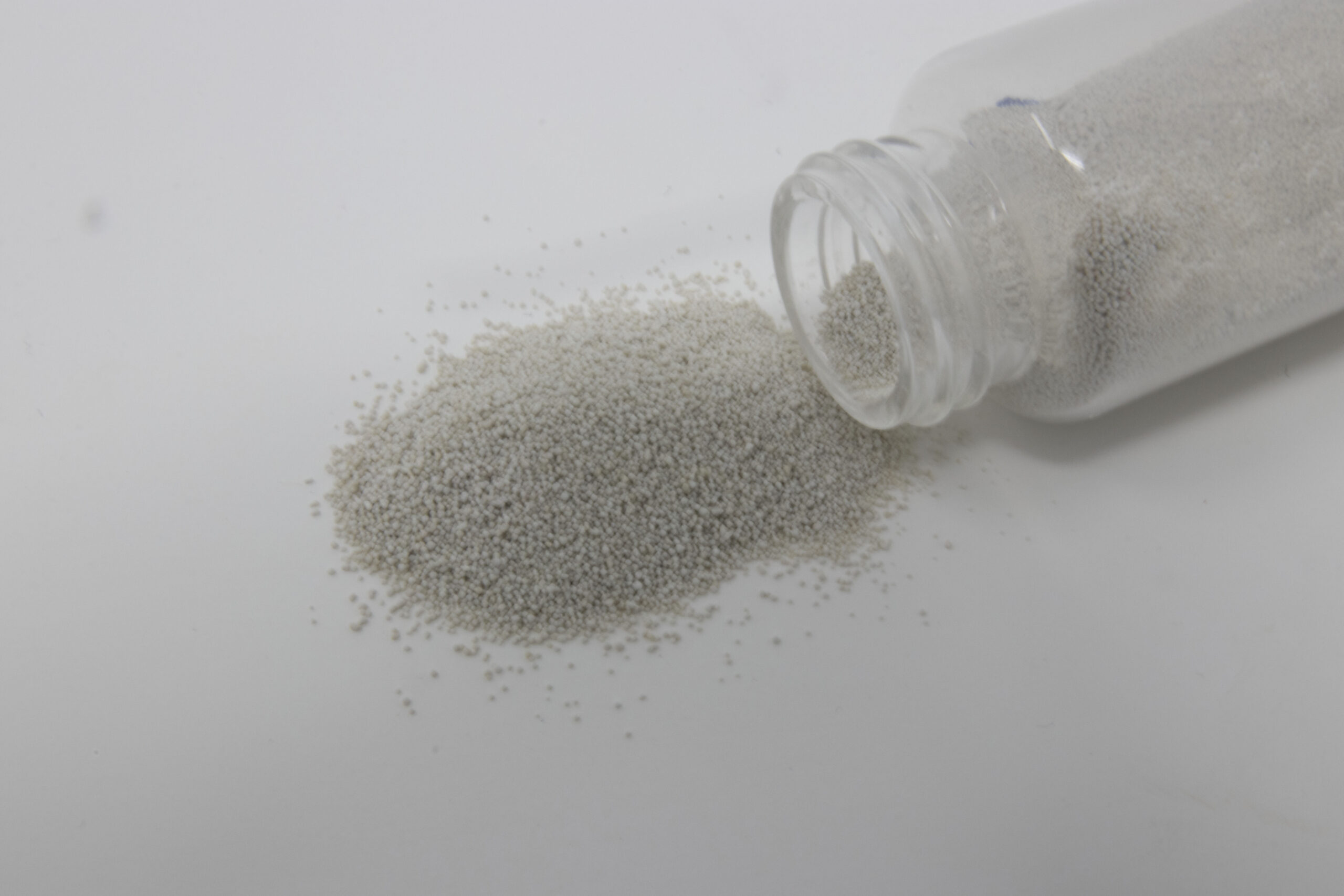
Learn how water hygiene, nutrition, and pullet rearing are critical to a successful ABF program.
Brand Insights from EW Nutrition
Hatchery management in ABR production

Producing high-quality chicks is critical to the success of any broiler program, but it is even more important in an antibiotic-free (ABF) program. The hatchery is the perfect environment for the incubation of eggs and, consequently, bacteria and mold. This makes hatchery sanitation a very high priority in ABF production systems because of the inability to use antibiotics in the hatchery or later in production.
Read more at ew-nutrition.com
Nutrition and feeding in ABF poultry production
Management practices and feed additive selection are often discussed when working in antibiotic-free (ABF) poultry production. Nutrition is another critical component of any agricultural animal system. Working with a qualified nutritionist will help ensure that the diet is correctly formulated with high-quality ingredients.
Read more at ew-nutrition.com
Necrotic Enteritis Control for ABF poultry production

Control of Necrotic Enteritis (NE) can be one of the most difficult challenges in a system without the availability of antibiotics. In addition, NE is a costly disease because of mortality and loss of performance. Necrotic enteritis is a multifactorial disease that requires damage to the intestinal mucosa, disruption of the intestinal microflora, and a toxin-producing strain of Clostridium perfringens. If any one of these three items is removed or lessened, the severity or incidence of NE will be reduced.
Read more at ew-nutrition.com
Why ABF poultry producers need to invest in pullet rearing

There is no more efficient place to invest than in pullets. Pullets are the future of an integrated company. Successful pullet rearing is simply attention to detail, management, serology, biosecurity, vaccination, and worming. Decisions, both good and bad, made during rearing will follow that company for a year. This is especially true related to the introduction of pathogens such as mycoplasmas, Salmonella, and reoviruses, which are persistent and can be vertically transmitted. The importance of biosecurity in any pullet program cannot be overstated, but it is even more critical in an antibiotic-free (ABF) program.
Read more at ew-nutrition.com
Water Hygiene: The missing ingredient for successful ABF poultry

Water quality is a frequently overlooked part of animal production and it becomes even more important when producing animals in an antibiotic-free (ABF) system. Chickens drink almost twice as much water as they consume feed, and water hygiene is often a second-level priority. Microbes present in water can be primary or secondary pathogens or non-pathogenic. Consuming impure water can add a challenge to the immune system, negatively impacting performance.
Read more at ew-nutrition.com
Encapsulation: How a modern phytogenic feed additive makes all the difference

Secondary plant extracts have been shown to improve digestion, have positive effects on intestinal health, and offer protection against oxidative stress in various scientific studies in recent years. Their use as a feed additive has become established and various mixtures, adapted to the various objectives, are widely available.
Read more at ew-nutrition.com

